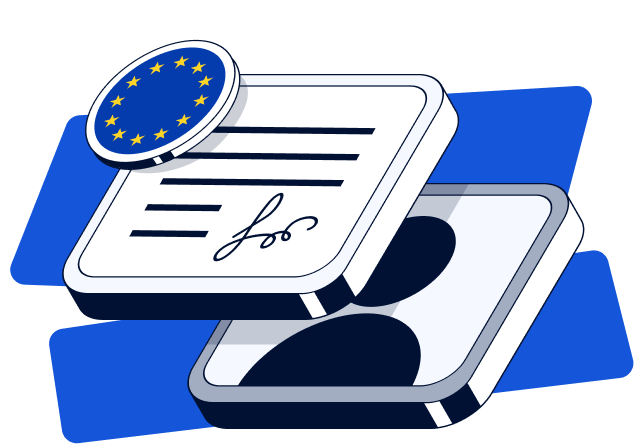- Mar 24, 2025
- 7 min read
Types of Electronic Signatures Explained: Complete Guide (2025)
Learn what electronic signatures are, which businesses need them, and how to verify them.
In 2025, e-signature adoption is widespread and continues to grow. The main reason for this growth is that electronic signatures are easy to use for customers and help organizations save money while accelerating processing times.
In 2020, the global e-signature market was valued between $2.3 billion and $2.8 billion. Projections estimate it will reach $13.4 billion by 2030, representing a 26.7% CAGR between 2024 and 2030.
However, many players—both businesses and end-users—are still doubtful about e-signatures, primarily due to discomfort with the technology, security or compliance concerns, legal uncertainties, or doubts about verification.
Let’s explore the types of electronic signatures, why businesses need them, and how they can be securely verified.
What is an electronic signature?
An electronic signature (e-signature) is data in electronic form attached to or logically associated with other data in electronic form, which allows individuals and businesses to sign documents electronically, so that remote transactions are made securely without any physical paperwork.
An electronic signature associates a signer with a document providing a certain level of assurance of a signer’s identity, integrity of the document and legal force which depends on a particular type of electronic signature. Electronic signatures are, therefore, widely used in various industries to simplify processes.
Electronic signatures come in different levels of security and legal validity. The three main types of electronic signatures, most precisely described in the eIDAS Regulation, are:
- Simple Electronic Signature (SES)
- Advanced Electronic Signature (AES)
- Qualified Electronic Signature (QES).
Depending on a particular jurisdiction, each type of electronic signature can be used in different use cases, as well as there can be different approaches for recognition of each type of electronic signatures in legal proceedings.
Simple Electronic Signature (SES)
A Simple Electronic Signature (SES) is the most basic form of electronic signature. It includes scanned images of handwritten signatures, typed names, or even clicking an “I agree” button on a website. While SES is easy to implement and commonly used, it doesn’t automatically verify identity or ensure document integrity. Its legal validity depends on factors like audit trails or extra security measures.
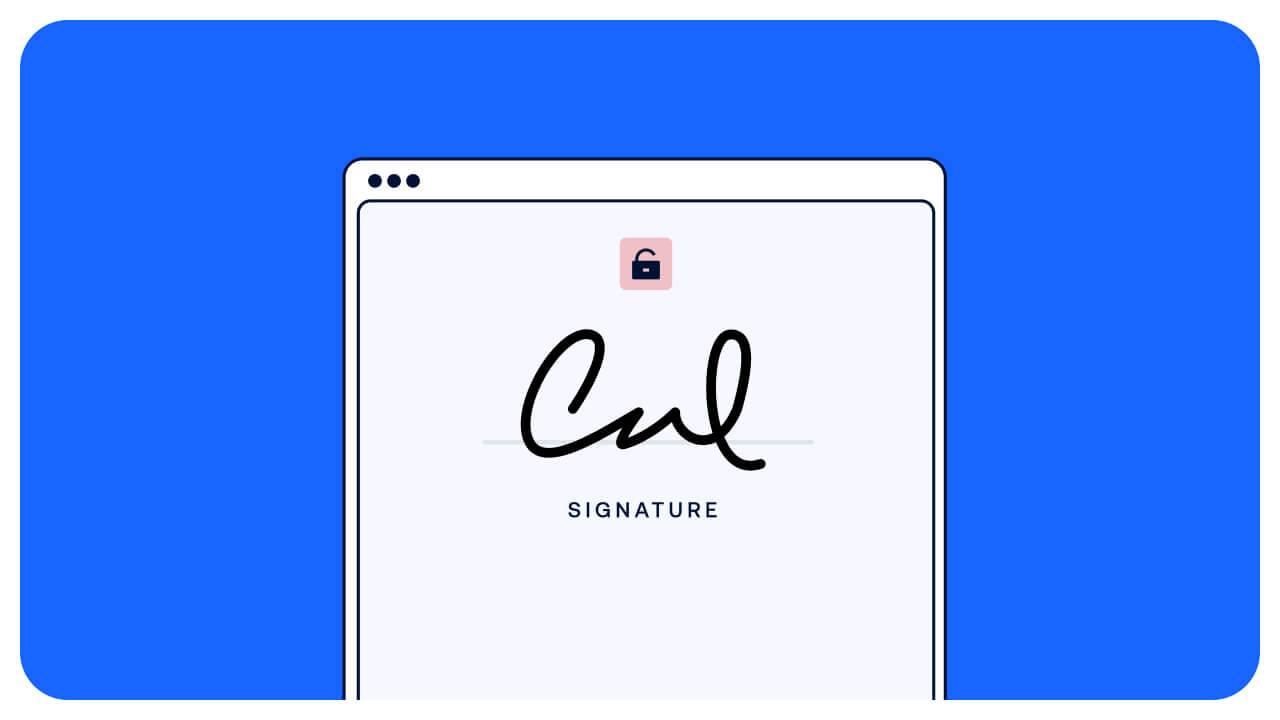
SES possible use cases without reference to a specific jurisdiction are:
- Online agreements: Clicking “I agree” on website terms or conditions is a common example of SES in action, often used during account registrations or software installations.
- Contracts: SES can be legally binding, but enforceability depends on jurisdictional requirements and the ability to prove the signer’s identity and intent.
- Sales and procurement: In sales processes, SES enable the quick signing of sales contracts, purchase orders, and invoices, though high-value transactions may require a stronger type of ES.
- Consent forms: SES are utilized to obtain consent for medical treatments, data processing, and participation in events.
- Human resources documentation: SES simplifies the signing of employment contracts, confidentiality agreements, and other HR-related documents, though its legal enforcement depends on the company’s policy and local regulations.
- Educational permissions: SES are often used for signing school permission slips for field trips or other activities.
- Package deliveries: Confirming receipt of packages may be another practical application of SES in logistics.
- Health questionnaires: Patients may e-sign health questionnaires before appointments, expediting the check-in process at medical facilities.
While SES is sufficient for many everyday transactions, it lacks cryptographic verification, so it may not be suitable for high-risk transactions requiring stronger security (such as financial or legal documents).
Advanced Electronic Signature (AES)
An Advanced Electronic Signature (AES) provides a higher level of security than SES. It must meet specific requirements to ensure authenticity, integrity, and a high level of trust, including:
- Being uniquely linked to the signer
- Being capable of identifying the signer
- Generated using electronic signature creation data via secure cryptographic techniques that the signer can use under their sole control.
- Linking to the signed document in a way that allows detecting any changes made afterward.
AES relies on cryptographic techniques to provide a more secure and verifiable signature. This makes it suitable for business and legal documents requiring higher security. AES is ideal for cases where higher legal security is needed but a QES is not explicitly required. AES may not always fulfill the legal written form requirement for certain transactions, depending on local laws. It’s commonly used in banking, MSB, insurance, legal firms, real estate, tax, and government sectors, though some government-related and highly regulated processes may require QES instead.
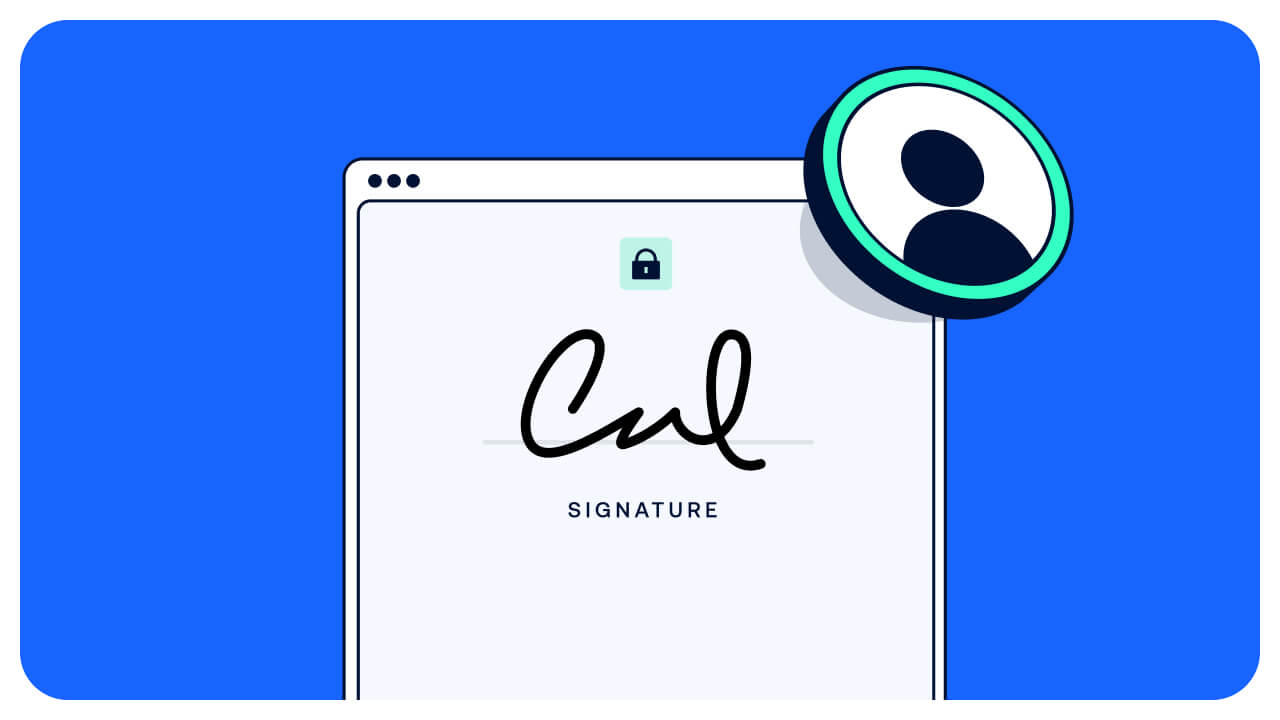
AES possible use cases without reference to a specific jurisdiction are:
- Commercial contracts: AES can validate and authenticate commercial contracts such as sales contracts, partnership agreements, franchise agreements, and distribution contracts.
- Company takeover documents: During M&A transactions, AES can validate purchase agreements, share and asset transfer agreements, and other legal documents.
- Work contracts: AES can be used when hiring new employees, enabling employers to comply with legal documentation requirements if local laws allow, however, some jurisdictions may require QES.
- Non-Disclosure Agreements (NDAs): AES ensures that parties agree to keep information confidential in commercial transactions or negotiations.
- Litigation and settlements: Lawyers and parties involved in litigation can use AES to authenticate settlement agreements and other legal documents related to dispute resolution.
- Regulatory compliance: Companies and financial institutions use AES to comply with government regulations, such as financial transaction laws.
- Bank accounts and high-level contracting: AES can be used for mortgages, pension plans, direct debits, and more in any sector.
- Internal administrative procedures: HR documents (employment contracts, privacy notices, non-disclosure agreements, benefits paperwork), contract management, and e-invoices can utilize AES.
Qualified Electronic Signature (QES)
A Qualified Electronic Signature (QES) carries the highest level of assurance and trust among electronic signatures. It ensures identity verification and document integrity through strict regulatory requirements. Moreover, QES is:
- Created using a qualified electronic signature creation device (QSCD).
- Based on a qualified digital certificate issued by a qualified trust service provider (QTSP) .
- Recognized as legally equivalent to a handwritten signature under the EU’s eIDAS Regulation and some other international standards.
QES provides the strongest legal standing, ensuring non-repudiation and compliance with stringent regulatory requirements.
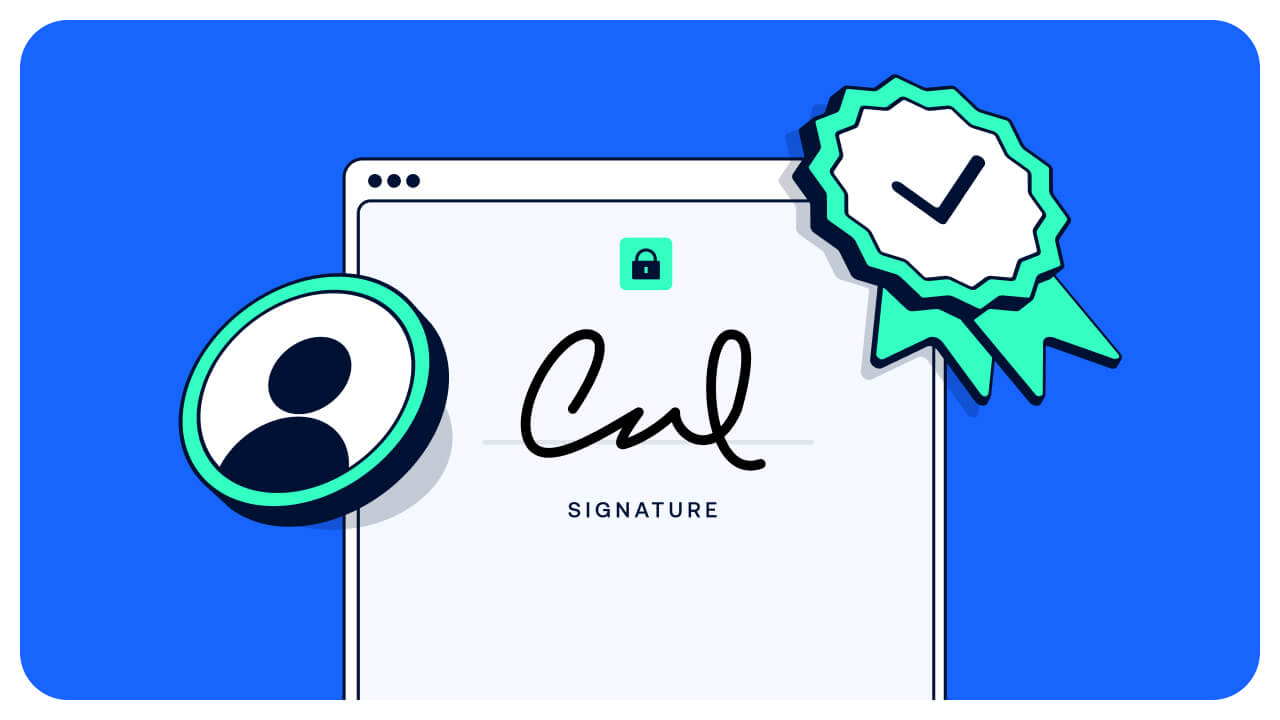
QES use cases
- Banking and finance: In the financial sector, QES facilitates secure transactions including loan agreements, bank account openings, and compliance with anti-money laundering (AML) regulations and other financial regulations.
- Government transactions: Many government services require QES for submitting tax returns, applying for business permits, and other official paperwork.
- Intellectual property protection: QES can be used to sign documents related to the registration of patents, trademarks, and copyrights.
- Cross-border transactions: QES ensures a legal recognition across EU member states. Outside the EU, recognition depends on specific international agreements or local law.
- Legal authorization documents: QES can be used for signing documents that authorize actions on behalf of another party.
- High-risk documents: For high-value transactions such as real estate purchases, mergers and acquisitions (M&A) or securities agreements, QES ensures strong legal enforceability and prevents signature-related disputes.
Comparison of electronic signatures
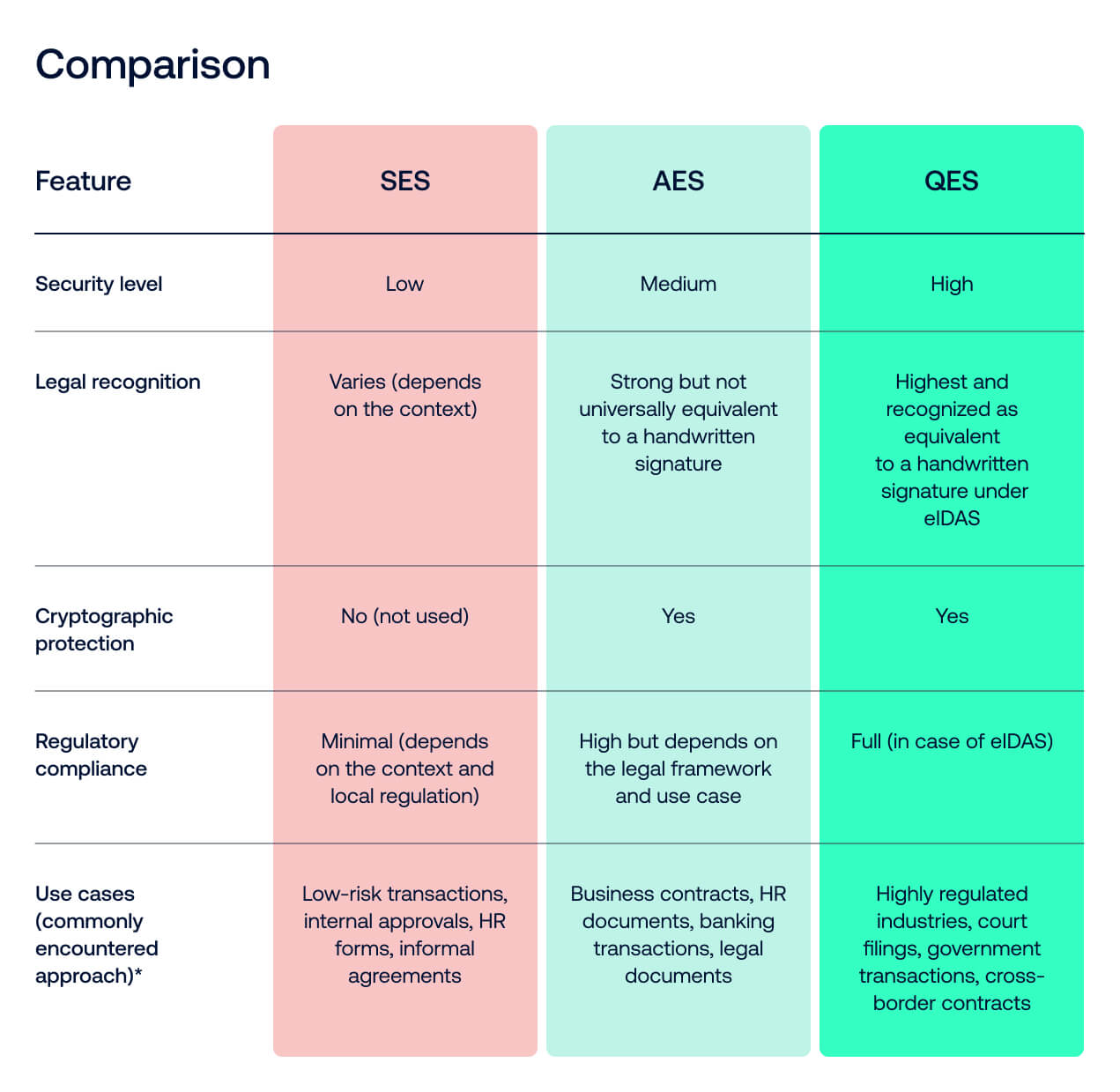
* Each jurisdiction can establish different use cases for each type of electronic signature. Check local legislation to learn about the specific cases.
Why do businesses need electronic signatures?
Electronic signatures are necessary for businesses looking to improve efficiency, security, and legal compliance while reducing costs. Here’s why electronic signatures are useful for certain businesses:
1. Increased efficiency and speed
- E-signatures eliminate the need for physical paperwork, reducing time spent printing, signing, scanning, and mailing documents.
- Transactions and approvals can be completed instantly, speeding up business processes.
2. Enhanced security
- Electronic signatures use encryption and authentication measures to ensure document integrity (except SES).
- Advanced and qualified e-signatures (AES and QES) provide identity verification and protection against fraud or tampering.
3. Legal compliance and validity
- Many countries recognize e-signatures as legally binding under regulations like eIDAS (EU), ESIGN Act (US), and UETA (US), taking into account certain types of e-signature.
- Qualified Electronic Signatures (QES) offer the highest level of compliance under the eIDAS Regulation, equivalent to handwritten in the EU. In case of other jurisdictions, the recognition may depend on local laws and regulatory frameworks.
4. Cost savings
- Businesses save money on paper, printing, storage, and courier services.
- Reduces administrative workload, freeing up resources for more strategic tasks.
5. Remote and global accessibility
- E-signatures enable businesses to operate seamlessly across locations and time zones.
- Teams, partners, and customers can sign documents from anywhere, facilitating remote work and global transactions.
6. Better customer experience
- Clients and partners appreciate the convenience of signing documents electronically without the hassle of physical paperwork.
- Faster contract completion leads to improved customer satisfaction and retention.
7. Audit trails and record keeping
- Most e-signatures provide digital audit trails, tracking when and by whom a document was signed.
- This ensures accountability and makes record-keeping more efficient.
Why do businesses need QES?
Businesses operating in highly regulated industries, such as finance, healthcare, and legal services, benefit from QES due to its strong legal recognition and security, especially where the highest level of assurance is required. Here’s why businesses need QES:
- Legal validity: QES is the only e-signature type that is automatically equivalent to handwritten signatures under EU law, ensuring compliance with regulatory frameworks.
- Enhanced security: The use of cryptographic encryption and certification by a qualified trust service provider proves authenticity and prevents tampering.
- Trust & compliance: Many industries require the highest level of assurance for electronic transactions, making QES a necessity for contracts, agreements, and official documents. In other cases, QES is the preferred choice for contracts, agreements, and official documents that require a high level of security and legal reliability.
- Cross-border recognition: QES is widely recognized in EU business, facilitating seamless and legally binding transactions across different jurisdictions.
How can Sumsub help?
Sumsub provides Identity Verification for Qualified Electronic Signature (QES) issuance—an onboarding solution that meets the highest eIDAS identification standards. This solution is recognized as a compliant method for user verification under national AML/CTF regulations and other regulatory requirements across all 27 EU member states, as well as Iceland, Liechtenstein, and Norway.
Sumsub’s solution facilitates remote high-value and high-risk document signing with the legal power of an equivalent of handwritten signature and addresses the following use cases:
- Provides user onboarding that is compliant under the eIDAS framework applicable for various purposes.
- Allows for remote document signing and execution of high-value/high-risk operations that require the same legal power as a handwritten signature.
- Enables businesses to onboard customers on a pan-European level, without having to be certified by country-specific government agencies, such as those of ANSSI in France, SEPBLAC in Spain, and ADR in Romania.
- Ensures compliance with Germany’s BaFin regulations by combining Qualified Electronic Signing with Penny Drop Verification, simplifying due diligence, and optimizing the onboarding process for regulated businesses.
- Improves the speed and user experience of identification and document signing in comparison to traditional verification methods accepted in Europe, leading to a direct increase in both customer conversion and approval rates.
- Delivers the same legal power for document signing as a handwritten signature, making it effortless for businesses to remotely execute legally binding transactions and agreements.
FAQ
-
How does QES work?
A Qualified Electronic Signature (QES) is a type of e-signature generated using a qualified signature creation device, and it relies on a certificate issued by a qualified trust service provider (QTSP). It ensures the highest level of assurance and legal validity, as QES is cryptographically secure and compliant with strict regulatory requirements.
-
What is the difference between a digital signature and an electronic signature?
A digital signature is a specific type of electronic signature that uses cryptographic techniques (e.g. encryption) for security and ensuring the authenticity of the signed document, while an electronic signature is a broader term that includes any electronic method of signing documents.
-
What is the format for an electronic signature?
Electronic signatures can be in various formats, including typed names, scanned images of handwritten signatures, or cryptographic digital signatures embedded in a document.
-
What are the requirements for eIDAS electronic signatures?
eIDAS electronic signatures must ensure signer identification, data integrity, and legal validity, with Qualified Electronic Signatures (QES) requiring a qualified certificate issued by a qualified trust service provider, and qualified signature creation device.
Relevant articles
- Article
- 2 days ago
- 7 min read
Everything you need to know about the #1 defense against fraudsters and money launderers.

- Article
- 3 weeks ago
- 4 min read
The fraud game has changed. WTF is your move?

